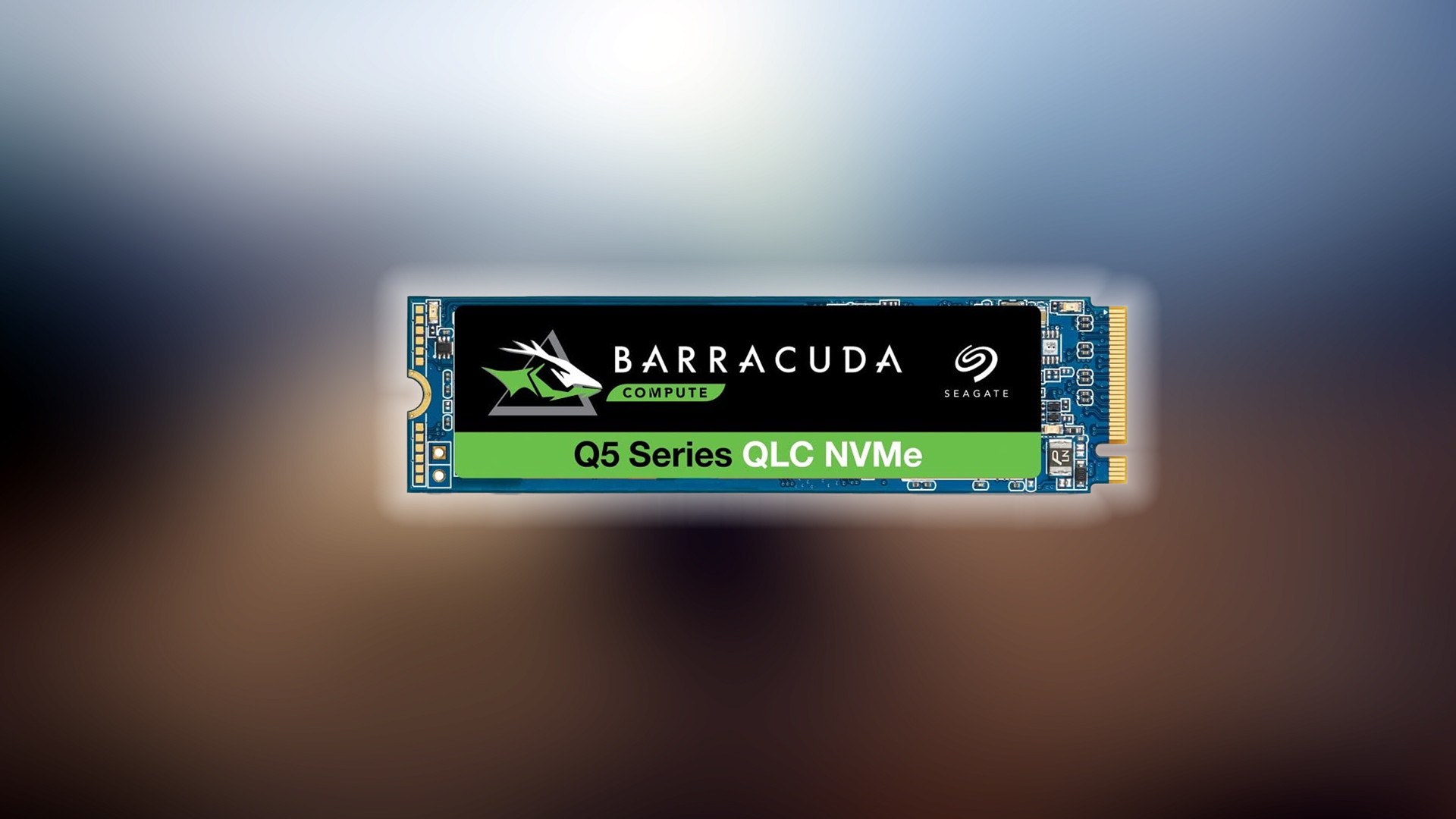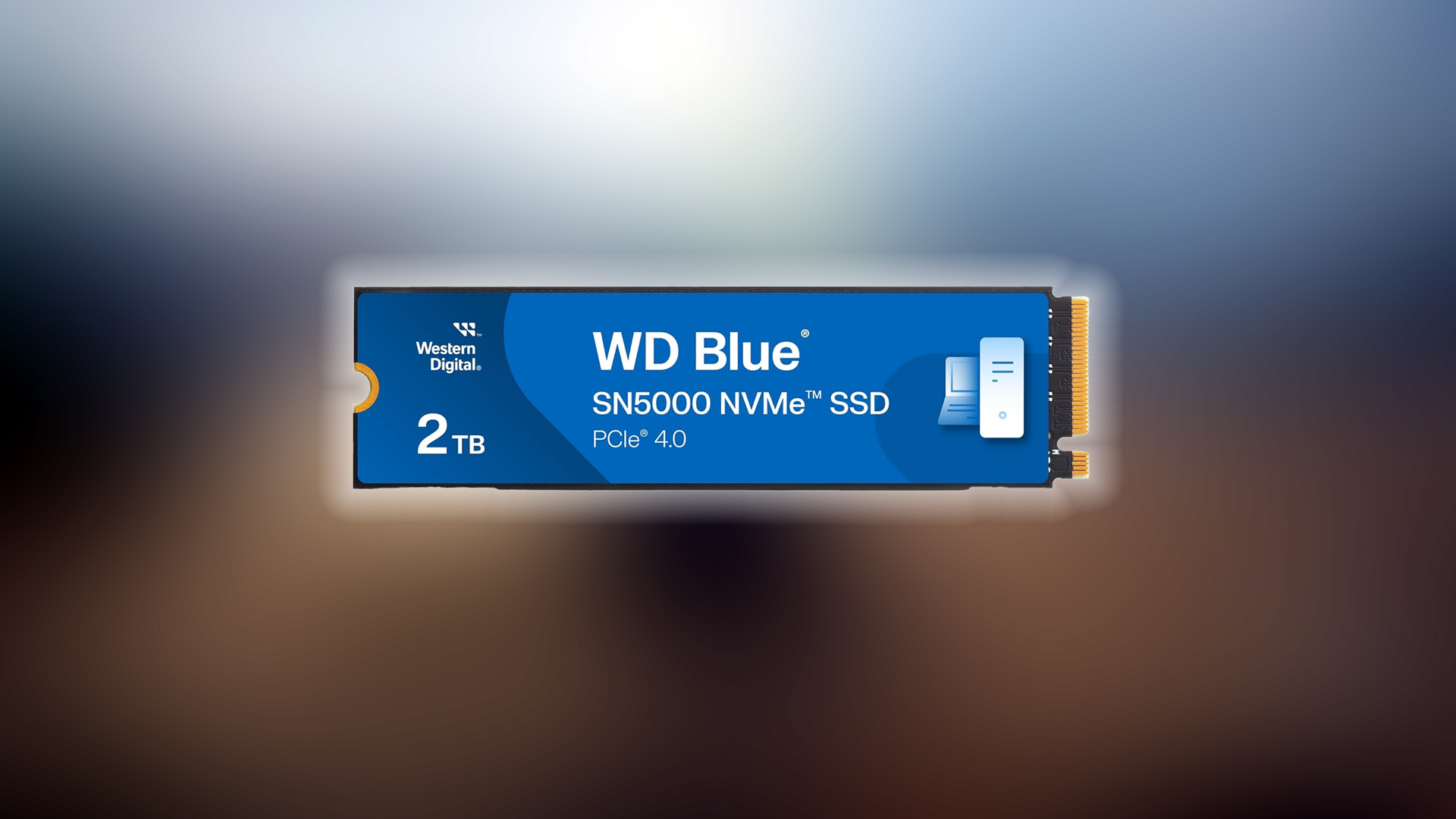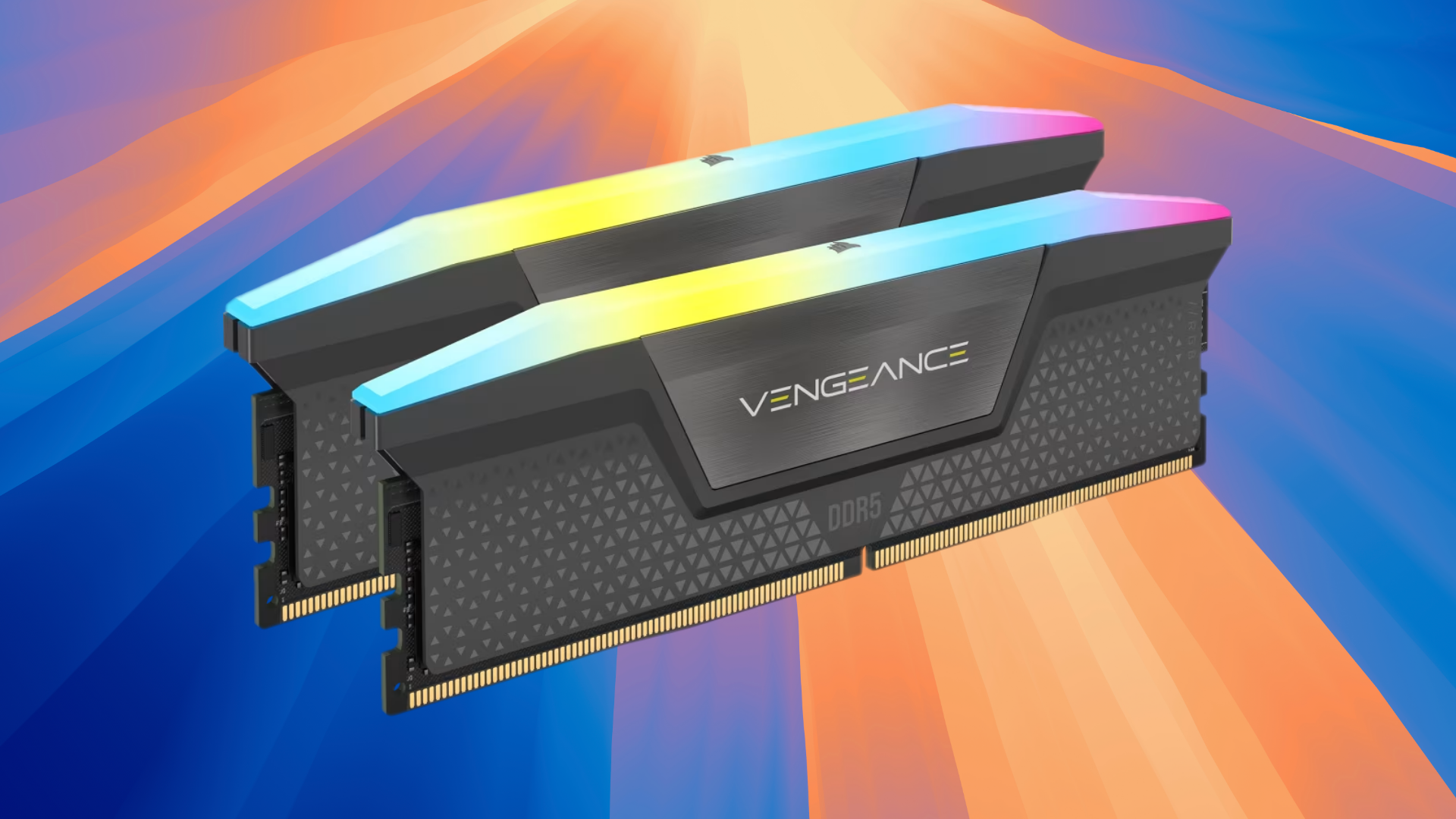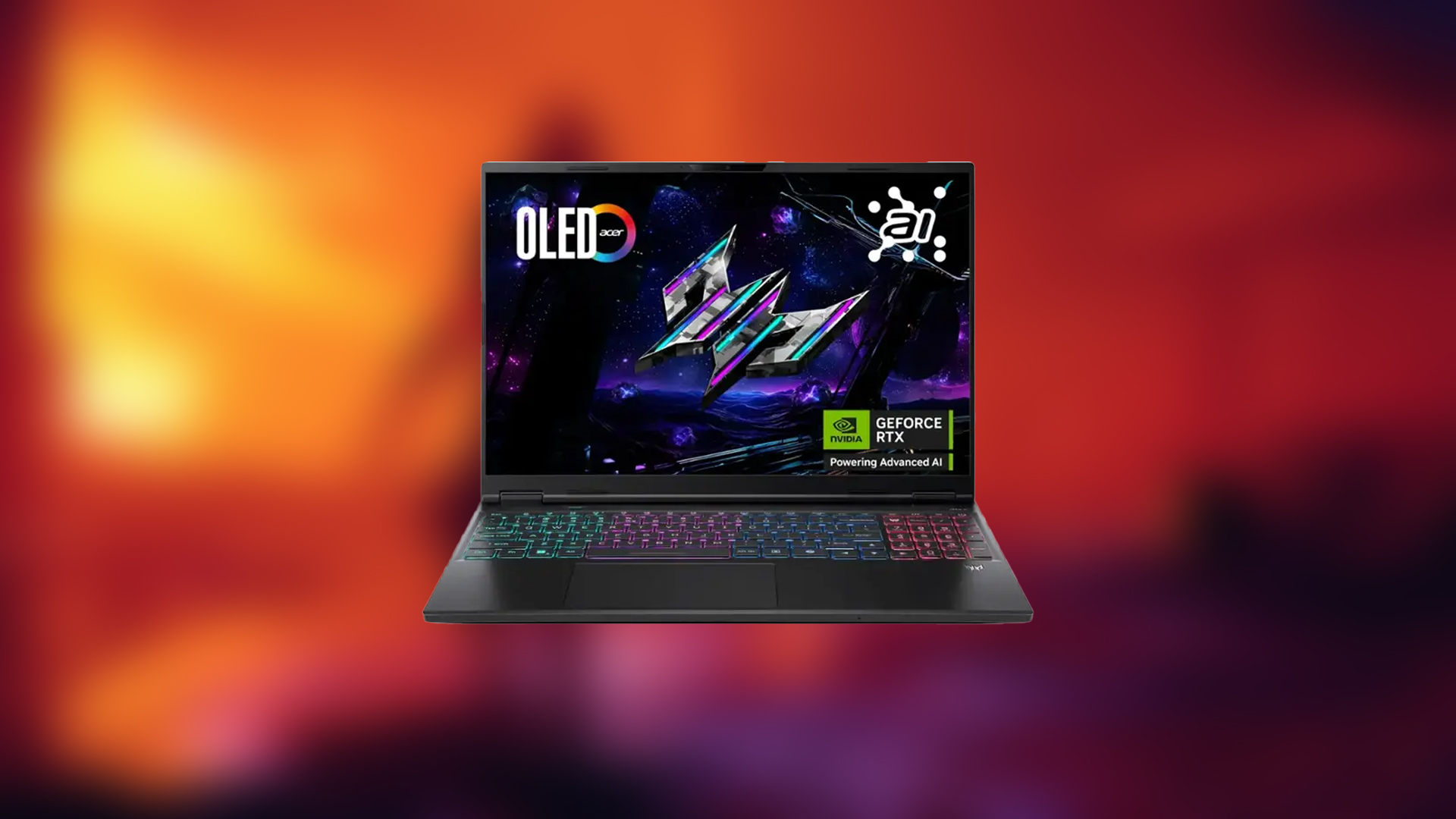QLC SSDs offer massive storage at a fraction of the cost, but are they the best bang for your buck? Let’s find out.

A decade ago, SSDs were very expensive. Despite offering dramatically faster load times compared to hard drives, their high cost made them inaccessible to general consumers. Enterprise users had little choice but to invest in the latest storage tech, often at a steep price. Fast forward to today, and high-capacity SSDs are now widely affordable, even for the average Joe. One of the biggest reasons? QLC (Quad-Level Cell) NAND flash.
QLC stores four bits per cell, compared to TLC’s three, boosting storage density by 33%. But does this cost-saving innovation truly offer the best value for high-capacity storage?
QLC SSDs: Cost Advantage Drives Adoption

As explained at the beginning, QLC SSDs are designed for economy, utilizing technology that allows manufacturers to offer storage at lower costs. A real-world example is that a 4TB QLC drive costs around $170-$200, while equivalent TLC models run above $300. Another example is Solidigm’s 122TB enterprise QLC SSD, which shows the capacity levels this technology can reach. Regarding endurance, manufacturers like YMTC have extended QLC’s endurance and matched it to the level provided by TLC.
Performance Reality Check
Under thorough examination performed by many industry specialists, it’s evident that QLC drives face several limitations, particularly in terms of write speeds. Under a sustained workload, it reaches only 80-160 MB/s. To counter this issue, manufacturers implemented SLC caching. What SLC caching does is treat the SSD’s data cells as single-bit storage, eliminating the performance penalty that a traditional non-cached QLC drive suffers.
A notable example of this is the Western Digital Blue SN5000 drive, which achieves a read/write speed of 5.5 GB/s, despite utilizing QLC memory. Now, regarding endurance, QLC drives typically undergo around 1000 program/erase cycles, compared to TLC’s 500-1000 range. This translates to a lower TBW rating. However, for most users, this is negligible. A 4TB QLC drive rated for 1200 TBW will be sufficient.
Ideal Use Cases
Regarding consumer hardware and use cases, QLC is best suited for the budget segment. Purely in terms of performance, it’s right there in contrast to SLC drives, but has a lower TBW rating, which can be easily maxed out in a video production scenario. Gamers looking for a high-capacity SSD that doesn’t cost an arm and a leg can opt for SLC ones. Not only will it be cheap, but it will also provide faster storage.
Conclusion
In short, the answer is yes, QLC SSDs are the best value for high-capacity storage. They cost significantly less than TLC alternatives and provide incredible performance, far exceeding what a hard drive could offer. When making a purchase choice, ensure that you select options with SLC caching and a higher endurance rating to avoid performance issues and data loss. Drives like the Western Digital Blue SN5000 represent an incredible value.
We provide the latest news and “How To’s” for Tech content. Meanwhile, you can check out the following articles related to PC GPUs, CPU and GPU comparisons, mobile phones, and more:
- 5 Best Air Coolers for CPUs in 2025
- ASUS TUF Gaming F16 Release Date, Specifications, Price, and More
- iPhone 16e vs iPhone SE (3rd Gen): Which One To Buy in 2025?
- Powerbeats Pro 2 vs AirPods Pro 2: Which One To Get in 2025
- RTX 5070 Ti vs. RTX 4070 Super: Specs, Price and More Compared
- Windows 11: How To Disable Lock Screen Widgets
 Reddit
Reddit
 Email
Email


